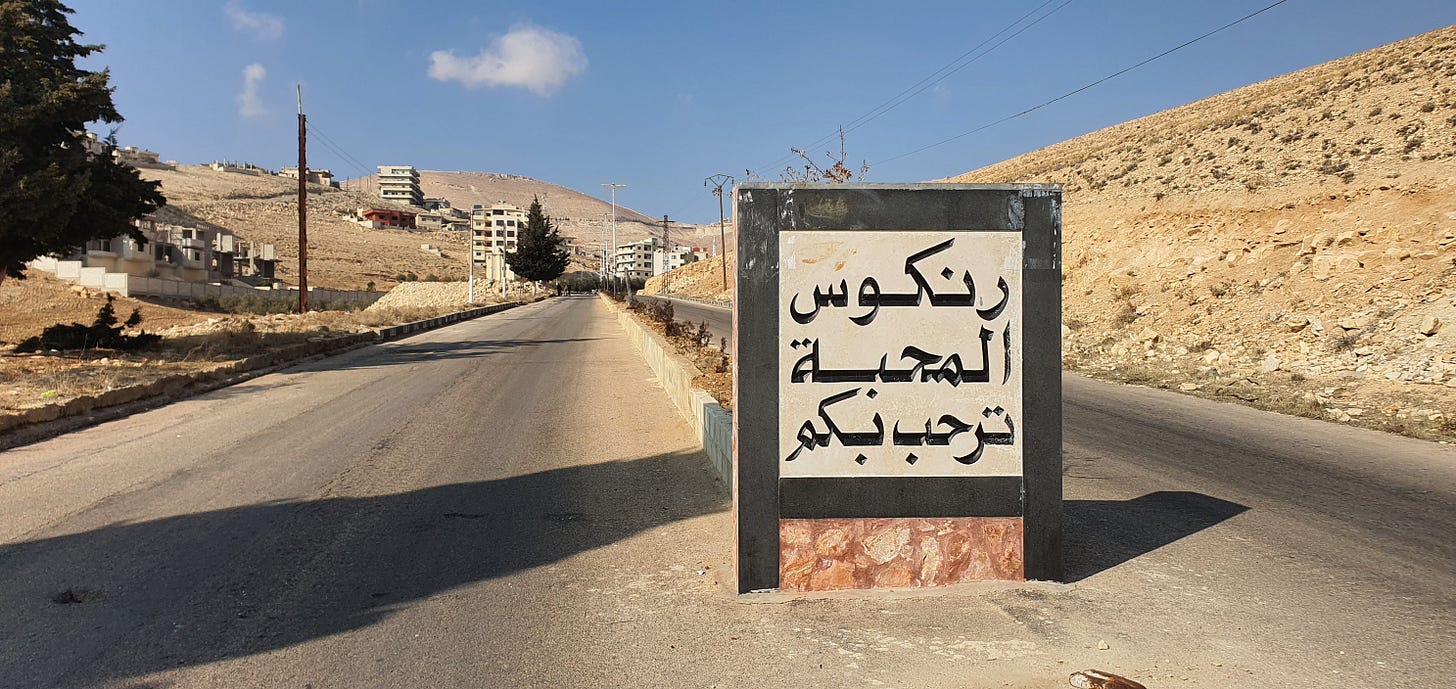The rapid collapse of the Assad regime left communities across Syria suddenly without any real government. HTS’s limited resources meant the new authorities could also not impose or directly oversee the formation of new systems in every town. Most communities were thus left to build their own new forms of local governance. The systems that have begun to emerge in January reflect the past experiences of each town, their ideological affiliations, and their own particular social make-up.
Yesterday I spent the evening with the former head of the Rankous Local Council, who was forced to flee Syria nearly 12 years ago after the Assad regime bombed his council office during the siege of Rankous and severely injured him. Since then, he and a group of revolutionary activists from across the Qalamoun region have used their organization, al-Itihad Qalamoun, to support education and aid initiatives for displaced people in northwest Syria. With the fall of the regime, these men have begun to return to the Qalamoun and assist in the (re)formation of local councils. Below is a condensed selection of our discussion, organized by topic: The formation of Rankous’ new local council, security issues, and general thoughts on governance in post-Assad Syria.
Keep reading with a 7-day free trial
Subscribe to Syria Revisited to keep reading this post and get 7 days of free access to the full post archives.




